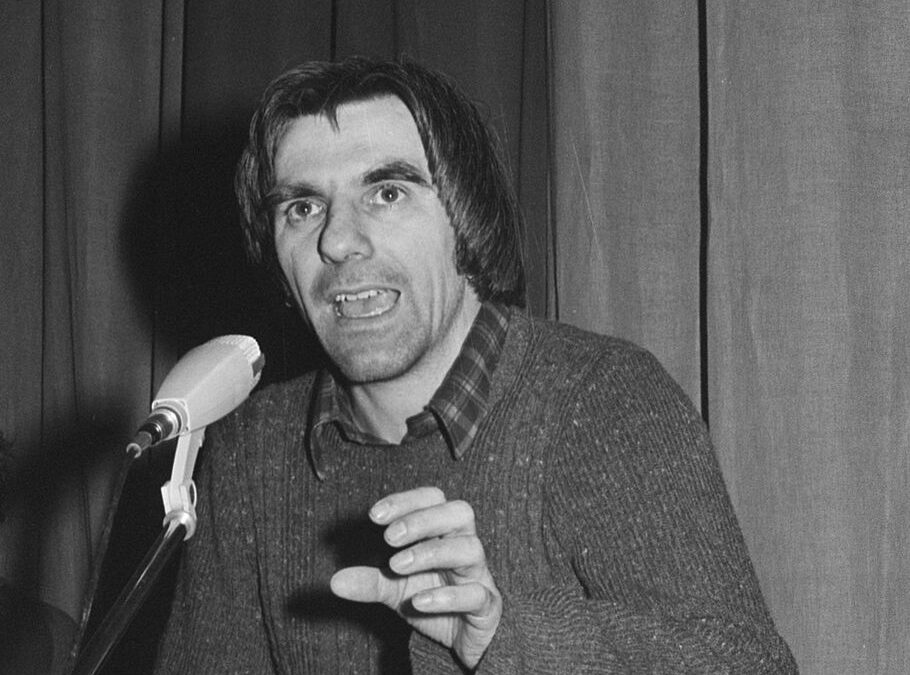Often associated with violent uprisings, insurgencies are multifaceted, evolving and adapting their tactics and strategies. This continuum ranges from non-violent political movements to full-scale armed rebellions.
The term “woke,” popularized by the left-leaning populace, is often interpreted as an awareness of social and political injustices. Within the Neo-Marxist ideology, however, “woke” encapsulates a deeper meaning, a critique of capitalism, which is perceived as the root cause of these injustices. Thus, “woke” means “anti-capitalist.” This ideology has permeated American society since the 1960s, marking a shift from a traditional armed revolution to an insurgency emphasizing unconventional warfare tactics.
According to Joint Publication 3-24, Counterinsurgency, an insurgency is “the organized use of subversion and violence to seize, nullify, or challenge political control…” It’s a protracted struggle designed to weaken the control and legitimacy of an established authority while enhancing insurgent dominance.
The “Woke Insurgency” employs strategies like information warfare, psychological operations, subversion, and infiltration to shape perceptions, craft narratives, and undermine the legitimacy of the opposition. It places significant emphasis on subversion and infiltration, targeting societal institutions like education, media, and government to instigate change from within.
The shift from conventional Marxist revolutionary tactics to this nuanced approach is influenced by Antonio Gramsci’s concept of the “War of Position.” This strategy emphasizes a gradual engagement with societal institutions to effect change from within. In the 1960s, activist Rudi Dutschke notably adopted this approach, coined “the long march through the institutions.” While the direct inspiration from Gramsci is uncertain, Dutschke’s strategy aligns closely with Gramsci’s concept.
Thinkers like C. Wright Mills, members of the Frankfurt school such as Herbert Marcuse, Theodor Adorno, Max Horkheimer, and many others have all contributed to the intellectual foundation of this insurgency. Their works critique societal structures, emphasizing the theory of cultural hegemony and laying the foundation for Neo-Marxism.
While the “Woke Insurgency” primarily emphasizes non-violent strategies, it also utilizes strategic noncooperation and civil disobedience ranging from protests to more disruptive forms of resistance like rioting and property destruction, often claiming justification for this violence as resistance against perceived oppression.
Resources:
- Joint Publication 3-24 Counterinsurgency
- Army Counterinsurgency Field Manual FM
- US Army Special Operations Command Unconventional Warfare Pocket Guide
- Student Protest: The Sixties and After, Gerard J. DeGroot
- Counterrevolution and Revolt, Herbert Marcuse
- The Antonio Gramsci Reader: Selected Writings 1916-1935


Thank you for embarking on this arduous task! This will make explaining this b/s much easier and more precise!
Thanks Derek, it’s certainly a challenge, they have been at it for a long time and it is an uphill battle but we need to push back.
Is there any way that I can help contribute to this site? It seems like the brakes have been thrown on lol
Sorry Derek, not much free time lately, been busy preparing family and friends for the anticipated “troubles” coming our way.
This project is always on the back of my mind. I am thinking about ways to entertain outside support, I’ll give it some more consideration this week.